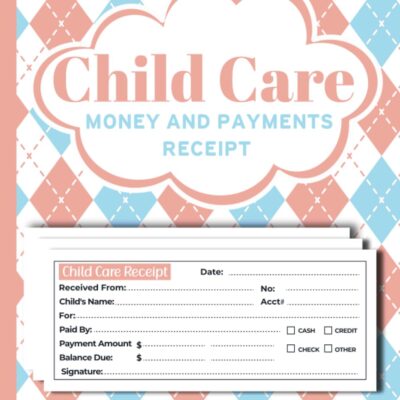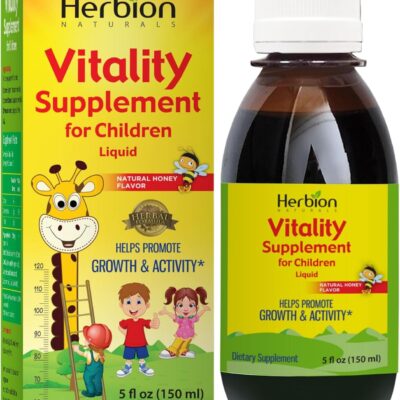
Sometimes it’s hard to get kids to eat well, especially when it comes to fiber in kids’ food. But here’s the thing: fiber is really important for your child’s health and growth. Fiber is a big part of keeping people from getting stomach problems and keeping them energetic all day. Let’s talk about why fiber is important, how much kids need it, and how to sneak it into their food without them noticing.
What is Fiber, and Why is it Important?
So, what exactly is Fiber? It’s the part of plant foods like fruits, veggies, and grains that our bodies don’t digest. Sounds strange. But this indigestible part is actually what makes Fiber so good for us. Soft fiber and hard fiber are the two types of fiber.
- Soluble Fiber dissolves in water and helps manage cholesterol and blood sugar.
- Insoluble Fiber doesn’t dissolve but helps food move smoothly through the digestive system.
Both types work together to steady your kid’s digestion and energy levels. Fiber also helps them feel full longer, curbing overeating and supporting healthy growth.
How Much Fiber Do Kids Need?
Knowing how much fiber in kids’ food your child needs can help ensure they get enough. Here’s a quick breakdown by age:
- Ages 1-3: 19 grams per day
- Ages 4-8: 25 grams per day
- Ages 9-13 (girls): 26 grams per day
- Ages 9-13 (boys): 31 grams per day
In order to keep track of your grams, try to eat a range of fiber-rich foods at each meal. There are about 3 grams of fiber in an apple, 5 grams in a cup of broccoli, and 2 grams in a slice of whole wheat bread. Little swaps like adding more fruits, veggies, and whole grains can make all the difference.
Benefits of Fiber for Kids
* Helps with Digestion
One of Fiber’s most giant jobs is keeping things moving in the digestive system. If your child isn’t getting enough Fiber, they might experience constipation. Fiber adds bulk to their stools, making it easier to go to the bathroom regularly, which means fewer tummy aches.
* Keeps Them Full and Energized
Foods rich in fiber in kids’ food are more filling. This helps kids stay satisfied after meals and reduces the need for frequent snacking on less healthy options. It also ensures a consistent discharge of energy. so they don’t crash after meals as they might after eating sugary snacks.
* Stabilizes Blood Sugar
fiber in kids’ food, especially soluble Fiber, slows down how quickly sugar gets absorbed into the bloodstream. This prevents those sugar highs and lows, helping kids maintain steady energy throughout the day.
* Promotes a Healthy Gut
A fiber-rich diet feeds the good bacteria in your child’s gut. Digestion is significantly influenced by these bacteria. immunity, and mood regulation. A healthy gut means a healthier, happier child.
Easy Fiber-Rich Foods to Add to Your Child’s Diet
Getting more Fiber into your child’s meals doesn’t have to be a hassle. Many delicious and kid-approved foods are already fiber-packed! Here are some simple options:
- Fruits: Apples, pears (with the skin), berries, oranges, and bananas.
- Vegetables: Carrots, broccoli, peas, sweet potatoes.
- Whole Grains: Oatmeal, whole wheat bread, brown rice, quinoa.
- Legumes: Beans, lentils, chickpeas.
Small changes, like substituting white bread with whole-grain bread or incorporating a small quantity of berries into the dish their cereal, can quickly boost their fiber intake without making significant adjustments.
Tips to Sneak More Fiber into Your Kid’s Meals
We get it—kids can be picky, and trying to get them to eat fiber-rich foods may seem tricky. But with a few easy tricks, you can sneak Fiber into their favorite meals without noticing!
* Blend Veggies into Smoothies
Smoothies are a great way to pack in Fiber without changing the taste. You may discard a fistful of spinach or a small carrot with their favorite fruits, and they won’t even taste the difference.
* Use Whole Grains Whenever Possible
Switch out white bread, rice, or pasta for their whole-grain versions. Whole wheat bread and brown rice have more Fiber than their refined counterparts and taste just as good once they’re used to it.
* Add Beans to Meals
Beans are loaded with Fiber and can be mixed into soups, stews, or even tacos. Black beans, lentils, or chickpeas can easily be added to dishes without changing the flavor too much.
* Offer High-Fiber Snacks
Instead of chips or cookies, try offering high-fiber snacks like popcorn (without too much butter), fruit with nut butter, or whole-grain crackers. These are easy, tasty, and provide that extra fiber boost.
Signs Your Child Might Not Be Getting Enough Fiber
Is your child child getting enough fiber in kids’ food? Here are some signs that they may need more:
- Constipation: If your child has fewer than three bowel movements a week or their stools are hard and dry, they likely need more Fiber.
- Hunger Soon After Meals: If your child says they’re hungry soon after eating, they might not get enough Fiber to stay whole.
- Energy Crashes: Low fiber intake can cause blood sugar spikes and crashes, leaving your child tired or cranky.
If you observe these indicators, you may wish to incorporate additional information fiber-rich foods. It doesn’t have to be all at once—gradually increasing Fiber will help avoid digestive discomfort.
Fun and Easy Ways to Make Fiber More Appealing
Making fiber-rich foods fun can turn even the pickiest eaters into fans. Here are some simple ideas to get them excited about healthy eating:
* Build Your Own Smoothie
Let your child choose their favorite fruits (and sneak in some veggies) to make a smoothie. If they help make it, they’ll feel more involved and are more likely to enjoy it.
* Oatmeal with Toppings
Begin your day with a steaming bowl of porridge. Let your child top it with fruits, nuts, or honey. This way, they can enjoy a high-fiber meal that’s also tasty.
* Veggie-Packed Pizza
Make pizza night healthier by loading a whole-wheat crust with fiber-packed veggies like bell peppers, spinach, and tomatoes.
Involving your child in preparing these meals can excite them to try new, fiber-rich foods.
Conclusion
Getting enough fiber in kids‘ food is essential for kids to grow up healthy and strong. From supporting their digestion to keeping their energy levels stable, Fiber plays a vital role in their daily diet. Adding fiber-rich foods like fruits, veggies, whole grains, and beans to their meals sets them up for success.
Remember, you don’t have to overhaul your diet overnight. Start with Small modifications, such as substituting white bread with whole wheat or including an additional slice, veggie to their dinner. Over time, these changes will add up, and before you know it, your child will be getting all the Fiber they need to thrive!
If you want to learn my #1 SmartyPants Kids Fiber & Veggies, Click Here Now.





